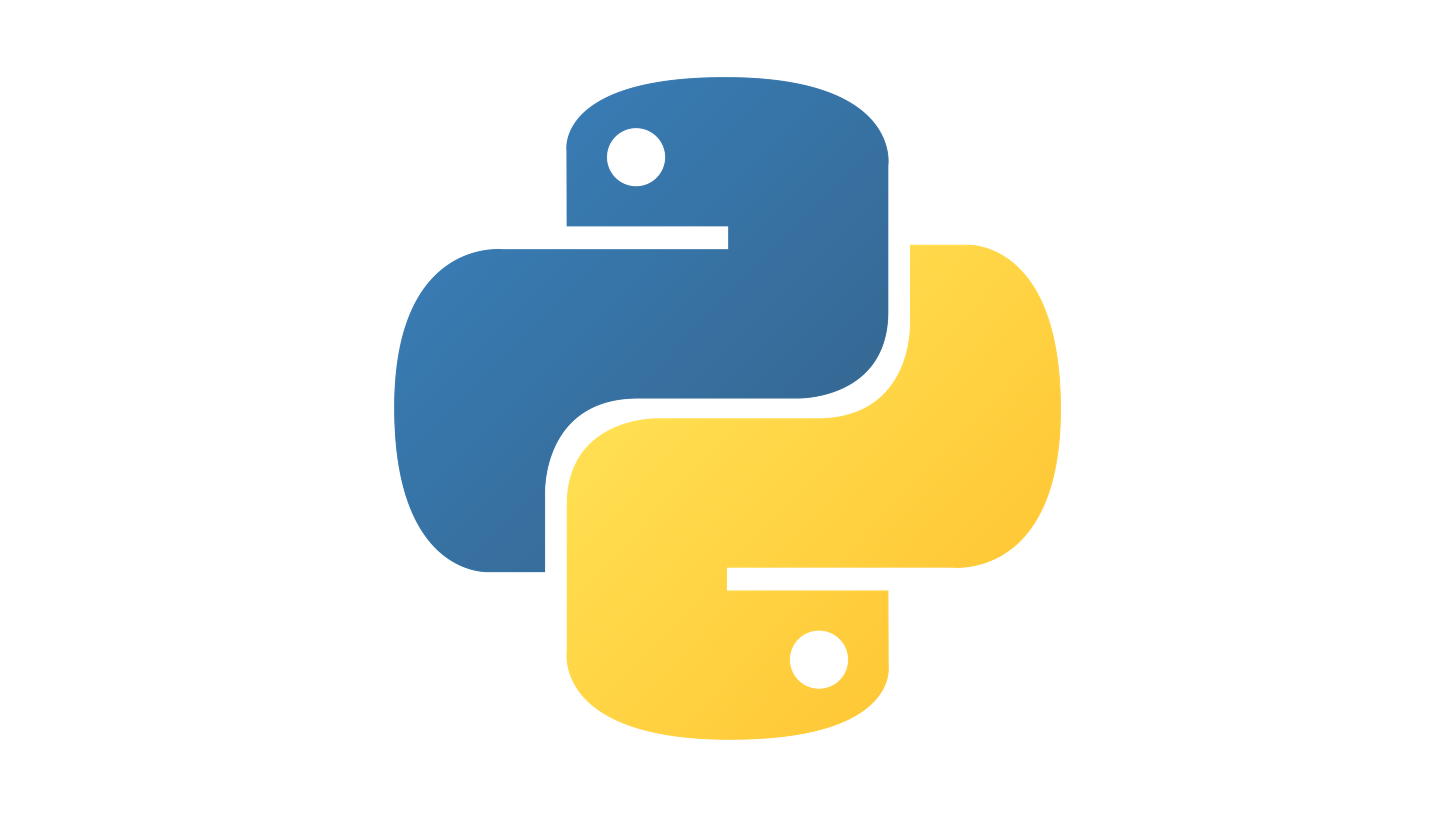Anaconda

Anaconda
Anaconda is a distribution for both Python and R, offering more than just virtual environment management. It includes its own virtual environment system and a unique package management system.
In addition to PyPI, Anaconda supports conda-forge, offering a wide range of scientific computing packages through the conda command. This provides a more advanced dependency check when installing packages. Another alternative of this feature is using pipenv.
pipwill simply install the package without checking for compatibility issues.
Listing all the environments
conda info --envs
Creating a virtual environment
conda create --name <env_name> python=<version>
conda activate <env_name>
Installing packages
conda install <package_name>
# E.g. conda install progressbar2
# List all the installed packages
conda list
Installing PyPI packages
Using pip in a conda environment is not recommended. Using it will partially circumventing the conda dependency checker.
Instead, use the conda package manager to convert the PyPI package to a conda package.
Converting PyPI packages to Conda packages
# Searches for the package in PyPI and downloads the package
conda skeleton pypi <package_name>
# Builds a conda recipe for the package
conda build <package_name>
# installs the package
conda install --use-local <package_name>
Sharing the environment
Anaconda will include all the dependencies versions, installation channels, environment name, and environment location.
pip freezewill not include the conda packages.
# Export the environment to a file
conda env export -file environment.yml
# Create an environment from the file
conda env create --name <env_name> -file environment.yml
# Adding to an existing environment
conda env update -file environment.yml